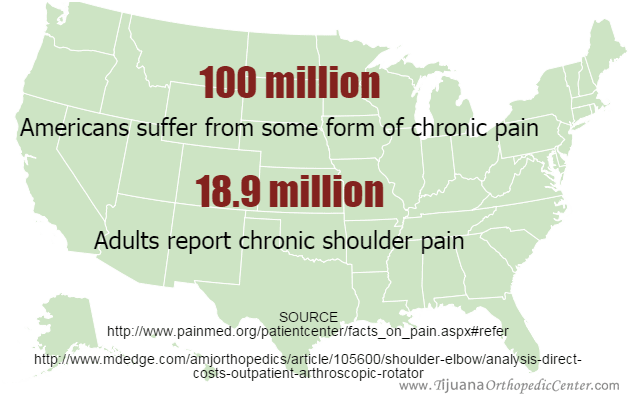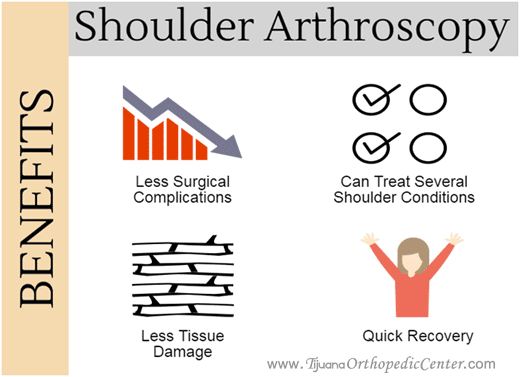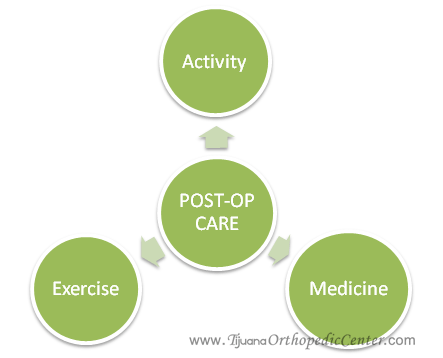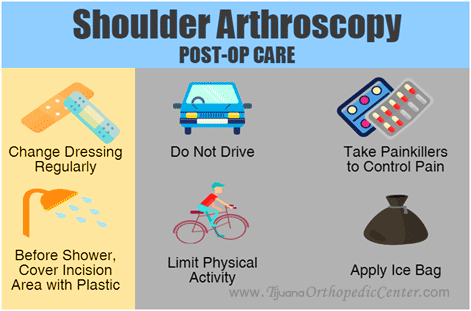From $4,500 Only*
TOC brings you affordable shoulder arthroscopy packages in Tijuana, Mexico by a top orthopedic surgeon with more than 30 years of experience.
Any injury to the shoulder can lead to acute pain and restricted movements of the arm. There are many reasons for shoulder injury including over-stretching of the ligaments or muscles, rotator cuff injury or overuse of the shoulder joint. Different treatments are available to ease shoulder pain and improve its movements. A surgical intervention or Shoulder Arthroscopy becomes necessary if other treatment options such as anti-inflammatory painkillers, physiotherapy fail to help.
Besides arthroscopy, we also offer shoulder replacement in Mexico.
As per the American Academy of Pain Medicine, 100 million Americans suffer from some form of chronic pain1. In the year 2008, nearly 18.9 million adults reported chronic shoulder pain2.
*Prices mentioned on the website are subject to change without notice. Contact for the latest information.
Why TJ for Shoulder Arthroscopy?
Accessibility
Tijuana is very close to San Diego, CA (less than 20 miles), which makes it easily accessible for Americans and Canadians. For people living in California and Arizona, it can be simply be reached by road.
Savings
One can expect to save nearly 70% of the US prices in Mexico.
Baja Vacation
Enjoy a Baja vacation in the Mexican border city. Avenida Revolucion is a tourist hub which has many souvenir shops and bars. Rosarito, Tecate and Mexicali are close by.
Orthopedic Medical Loans
The two financing companies that we work with for financing orthopedic surgery in Mexico are:
- E-financing
- United Medical Credit
Note: We are not liable for agreed upon terms with these financing companies.
Services Offered by Us
- Assistance with travel documents
- Dedicated destination manager
- Discounted hotel stay
- Experienced bilingual staff
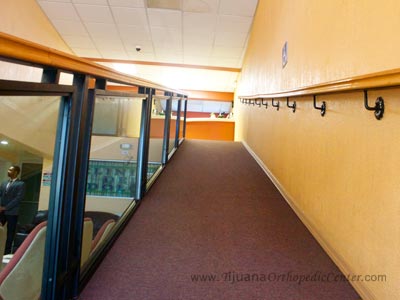
Benefits
Shoulder arthroscopy is a surgical intervention achieved via an arthroscope (a small camera) to scan or repair the damaged tissues in the shoulder joint. The arthroscope is inserted through a small cut (incision) in your skin. Some of the advantages of this procedure are:
- As per a 2015 study by Ercin E. and colleagues, fewer surgical complications were reported with shoulder arthroscopy3
- The same study affirms this technique can be used to treat several shoulder conditions3
- Small incisions lead to less tissue damage
- Less pain and quick recovery as compared to open surgery
- Less bruising and scarring
Contact us for Shoulder Arthroscopy in Mexico by filling our FREE estimate form.
Who is a Candidate for Shoulder Repair?
You may be considered for shoulder arthroscopy if you have any of these:
- A torn rotator cuff: Any damage to the muscles in the shoulder joint can lead to a torn/damaged rotator cuff. It hampers the movement of arm and shoulder.
- An injured cartilage (labrum) or ligament: The labrum cartilage keeps the ball of the shoulder joint in place. Any injury to this cartilage results in a torn ligament. Injury to the labrum is known as SLAP tear or lesion (SLAP stands for “superior labral tear from anterior to posterior”)
- Dislocated/instable shoulder: A dislocated shoulder often occurs when the humerus or the upper arm bone is out of the socket and causes pain and swelling.
- A torn biceps tendon: Bones and muscles are attached via tendons. A torn bicep tendon results in extreme pain in the upper arm and tenderness at the elbow.
- Rheumatoid arthritis: It results in reduced joint functions and joint deformity.
Procedure
- Regional anesthesia is administered to sedate you throughout the surgery.
- Small incisions are made in the shoulder and an arthroscope is inserted via them.
- Ligaments, cartilage, and tendons in shoulder joint are inspected and the damaged tissue is removed.
Preparing for Surgery
- It is recommended to stay for a total of 3-4 days in TJ:
- Arrival: One day prior to surgery
- Post-op stay at the Clinic: 1 day
- Follow-Up Stay at TJ Hotel: 1-2 days
- Let your surgeon know about all the medication you are taking. Inform him about your medical history and if you suffer from any illness like diabetes, heart, or lung disease.
- Two weeks before the surgery stop taking blood thinning medicines (if you take any).
- Stop smoking or using tobacco products before surgery as it slows down the healing process.
Suggested Tests
Our Tijuana surgeon may ask you to undergo the following:
- X-ray
- Ultrasound
- MRI scan
- Urinalysis and blood tests
Success Rates
A study (2016) by Imam MA and Abdelkafy A states improvement in the forward flexion4 (forward raising movement of the arm at the shoulder joint). Pre-op movement was 100° and at 24 months there was an improvement of 45° with an average score of 145°. Similarly, the internal and external rotation was 25° and 57° with an average improvement score of 35° and 79°.
| Pre-Op At 24 Months |
Improvement | ||
| Avg. Forward Flexion | 100° | 145° | 45° |
| Avg. Internal Rotation | 25° | 35° | 10° |
| Avg. External Rotation | 57° | 79° | 24° |
Quality of Life Post Surgery
As reported by Imam MA and Abdelkafy A in their published study, “double row rotator cuff repair, a prospective study and short-term results”, decrease in pain and increase in the quality of life was reported 24 months following shoulder arthroscopy4. The VAS (Visual Analogue Scale) for pain pre-op and post-operatively was reported at 8.5 and 2.3.4
Post-Op Care
- You may have swelling and difficulty moving your shoulder and hands.
- The incision area will be covered with bandage. Regularly change the dressing to avoid infection and to keep the incision area clean and dry.
- Before taking a shower, cover the surgical site by placing a plastic covering over it.
Activity/Movement
- Your arm will be in a sling post surgery for 2-3 days.
- For better comfort and support, keep your arm in an inclined position or over the pillow.
- Limit your physical activity for 2-3 weeks as it can interfere with the healing process.
- Avoid long distance travelling for the initial few weeks.
Medication
- On the first day after the surgery the swelling is at its peak and you may also experience some pain. The pain won’t last long and can be controlled by painkillers.
- Ice therapy may also be given to relieve pain.
- While you are on painkillers and anti-inflammatory medication, do not drive a car.
Exercise
Do not start exercising without your doctor’s permission. Begin with exercises related to hand and wrist first.
Contact doctor immediately if you notice any of the following:
- High-grade fever from 103 °F -104 °F
- Painful swelling/numbness
- Drainage or redness around the incision area
- Persistent pain
- Extreme nausea/vomiting
Fill in the contact form for more information.
References:
- http://www.painmed.org/patientcenter/facts_on_pain.aspx#refer
- http://www.mdedge.com/amjorthopedics/article/105600/shoulder-elbow/analysis-direct-costs-outpatient-arthroscopic-rotator
- ERCIN E, BILGILI MG, ONES HN, KURAL C. Postoperative pectoral swelling after shoulder arthroscopy. Joints. 2015;3(3):158-160. doi:10.11138/jts/2015.3.3.158. https://www.ncbi.nlm.nih.gov/pmc/articles/PMC4732783/
- Imam MA, Abdelkafy A. Outcomes following arthroscopic transosseous equivalent suture bridge double row rotator cuff repair: a prospective study and short-term results. SICOT-J. 2016;2:7. doi:10.1051/sicotj/2015041. https://www.ncbi.nlm.nih.gov/pmc/articles/PMC4849220/


